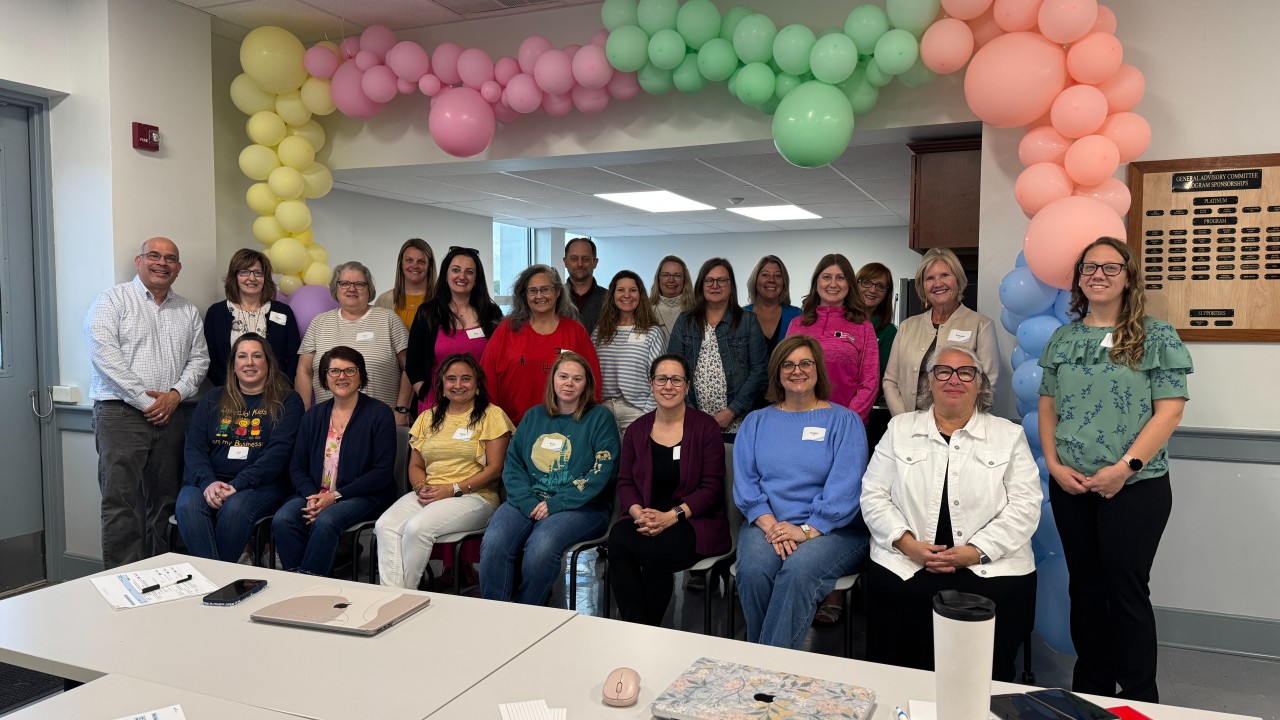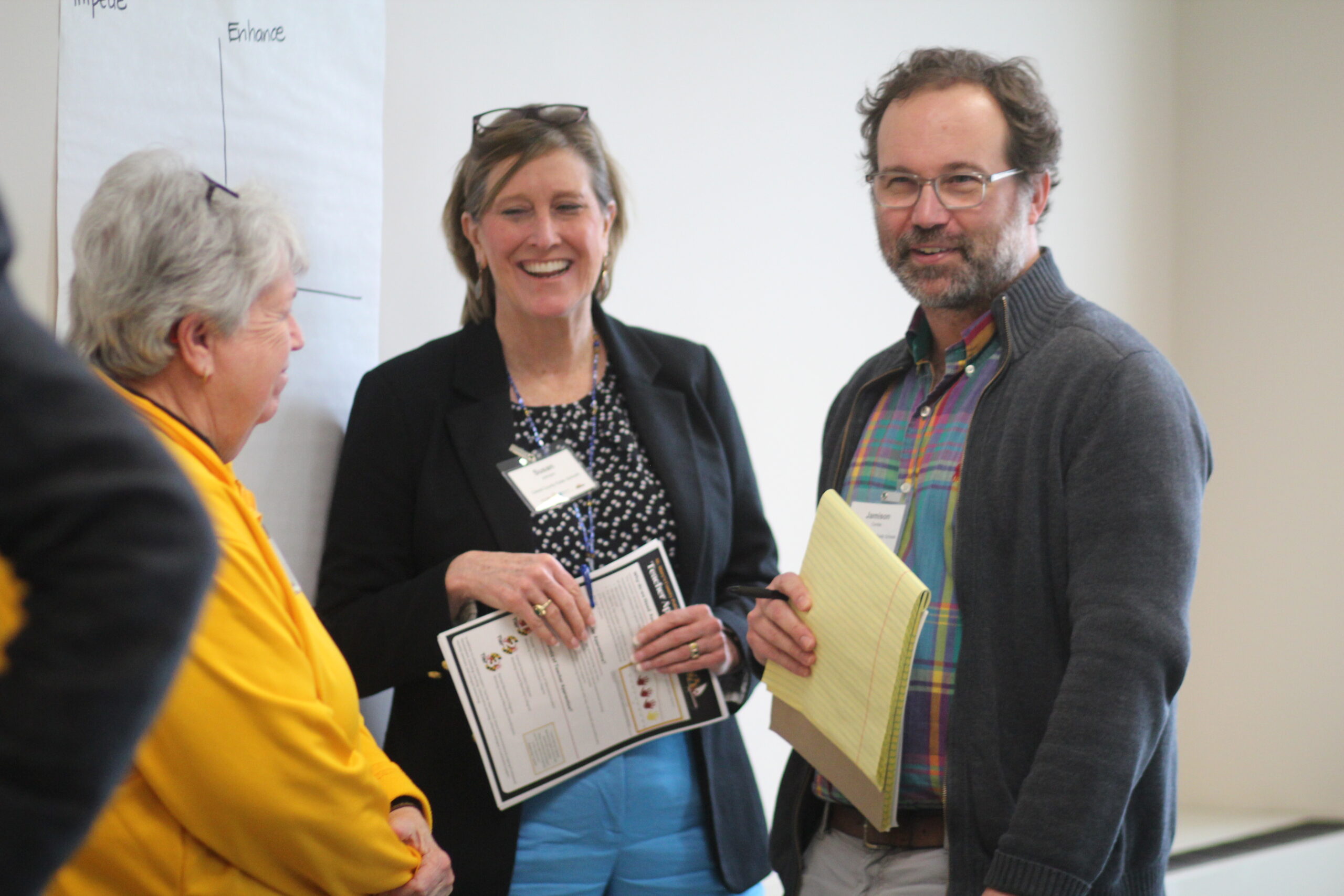
Earlier this year in Pennsylvania’s heartland, Franklin County made a bold bet on its future: that a rural community could redesign its early childhood education system from the ground up and, in doing so, model what’s possible.
What began as a cross-sector conversation sparked by business leaders, school superintendents, and early childhood providers has grown into a full-fledged countywide project. One that now has a shared mission, guiding principles, action plans, and a growing coalition of educators, families, health partners, and state leaders all pulling in the same direction.
Their goal? To ensure that every child in Franklin County, from birth through age 8, experiences the kind of developmentally rich learning that sets them up for lifelong success.
They’re building this reality together.
“We knew the system was fragmented. Now we know what to do about it.” – PA education leader
Over the course of eight collaborative working sessions, leaders across the county came together to create a clear vision for what early learning could and should look like in Franklin County. Together, they examined best practices from across the globe, visited model programs like the Catherine Hershey Schools for Early Learning, and began mapping the strengths and gaps in their own system.
Along the way, they surfaced deep truths about the system they were working within:
- Families are navigating a maze of disconnected services.
- Early educators face burnout, low pay, and limited pathways.
- Children are arriving at kindergarten with uneven opportunities and readiness.
They also named what needs to change. Systems don’t transform by accident. They must be redesigned with purpose. And that’s what they’re doing.
They created a set of “Characteristics of a Prepared 4th Grader” that goes beyond academics. They crafted a set of Guiding Principles for Early Childhood Education and Care—a seven-part framework rooted in global research and local values that now anchors their work:
- A unified and coordinated system
- Universal access to high-quality environments
- Data-informed decision making
- Individualized support for every child
- A professional, respected workforce
- Strong partnerships with families and communities
- A financially sustainable and efficient system
These aren’t abstract values. They’re already shaping action.
To move from vision to implementation, Franklin County created five cross-sector workgroups, each aligned to a piece of the overall strategy. Together, they’re taking on everything from workforce development to family engagement to real-time data collection.
- Access & Family Voice is mapping programs, surveying families, and identifying underused spaces to expand access. A digital and physical community hub is in the works to help families navigate services.
- The Workforce Development team is focused on building career pathways from high school to early childhood careers, launching pilot internships, and exploring better pay and professional recognition for educators.
- Data & Improvement specialists are developing tools like QR-code surveys and working toward a shared data dashboard to track progress and support smarter decisions.
- Family & Community Partnerships leaders are creating local action groups, partnering with libraries and businesses, and launching a newsletter and family-friendly ECE guide to build visibility and trust.
- And the Guiding Coalition is coordinating across teams, sharing tools, and shaping the vision for the Community Hub—a central resource for families and partners alike.
“We’re Not Just Designing for Today.” – Franklin County Ed Leader
Franklin County leaders know this is about more than fixing today’s challenges. It’s about building a future-ready system that works—for families, for educators, and for children.
They’re asking bold questions:
- What if every child had access to high-quality early education, by design, not by luck?
- What if early educators were prepared, supported, and paid professional wages?
- What if families didn’t have to fight for care and connection, but were welcomed into a seamless, responsive system?
These aren’t hypotheticals anymore; they are becoming the foundation of a rural model others can learn from.
And underneath it all is a belief that real transformation is possible when communities lead it.
Read the first article in this storytelling series here.




